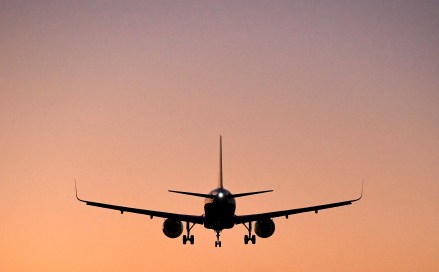In a press release on Thursday, the Directorate General of Civil Aviation (DGCA) said in 2023, domestic airlines increased their fleet by 133 planes, marking a 51% annual growth as they extended their networks to accommodate the escalating demand from passengers. Of these, 21 aircraft were acquired by carriers through wet lease agreements.
Last year, the scheduled operators inducted a total of 112 aircraft in their fleet against 81 aircraft inducted in 2022, marking an increase of 38%.
According to a statement from the Directorate General of Civil Aviation (DGCA) released on Thursday, in anticipation of a further surge in aircraft inductions in 2024, the regulatory body is actively enhancing its capacity to expedite approvals related to aircraft inductions. Although specific details regarding these measures are not immediately available, the DGCA aims to bolster its regulatory capabilities to support the industry’s expansion.
How many aircraft were inducted in 2022?
As per the DGCA, 88 aircraft were inducted in 2022, while 133, including 21 wet/damp lease aircraft, were inducted in 2023. This marked a 51% increase in 2023 over the previous year.
The heightened introduction of aircraft has contributed to two key results: an improved network coverage that enhances connectivity and a reduction in fares, particularly during the festive season, ultimately benefiting passengers overall.
In 2023, IndiGo and Air India placed orders for 970 planes collectively and India stood as one of the rapidly advancing civil aviation markets globally.
As of December 31, 2023, the Directorate General of Civil Aviation (DGCA) reported a total of 16 Air Operator Certificate (AOC) holders, overseeing a combined fleet of 771 aircraft.
Furthermore, on Wednesday, the DGCA disclosed that in 2023, it conducted a comprehensive total of 5,745 surveillance activities, encompassing scrutiny of airlines, airports, and approved organisations. These activities involved 4,039 planned surveillance endeavors and 1,706 spot checks and night surveillance. Consequently, the outcomes of these assessments led to 542 enforcement actions, as stated by the regulatory authority.
(With PTI inputs)
